The Truth Behind Eating Disorders: Symptoms, Risks, and Treatments
An eating disorder is a type of mental disorder that is defined by abnormal eating habits that adversely affect the individual’s physical or mental health, and often disrupt their social relationships, career, and overall quality of life.
According to a research summary compiled by the National Initiative for Eating Disorders in 2017, between 2% and 3% of Canadians — or between 725,800 and 1,088,700 Canadians — meet the diagnostic criteria for an eating disorder. Such disturbances in eating patterns may take place at any point in life; however, they frequently develop throughout adolescence and early adulthood. While we do not know what causes eating disorders to develop in some people and not in others, it is thought that advertising and media’s hyper-focus on unrealistic body images may feed eating disorders.
Types of eating disorders
There are several forms of eating disorders, but the most common ones are binge-eating (binge-eating disorder, or BED), bulimia nervosa, and anorexia nervosa. These conditions can develop equally among men and women.
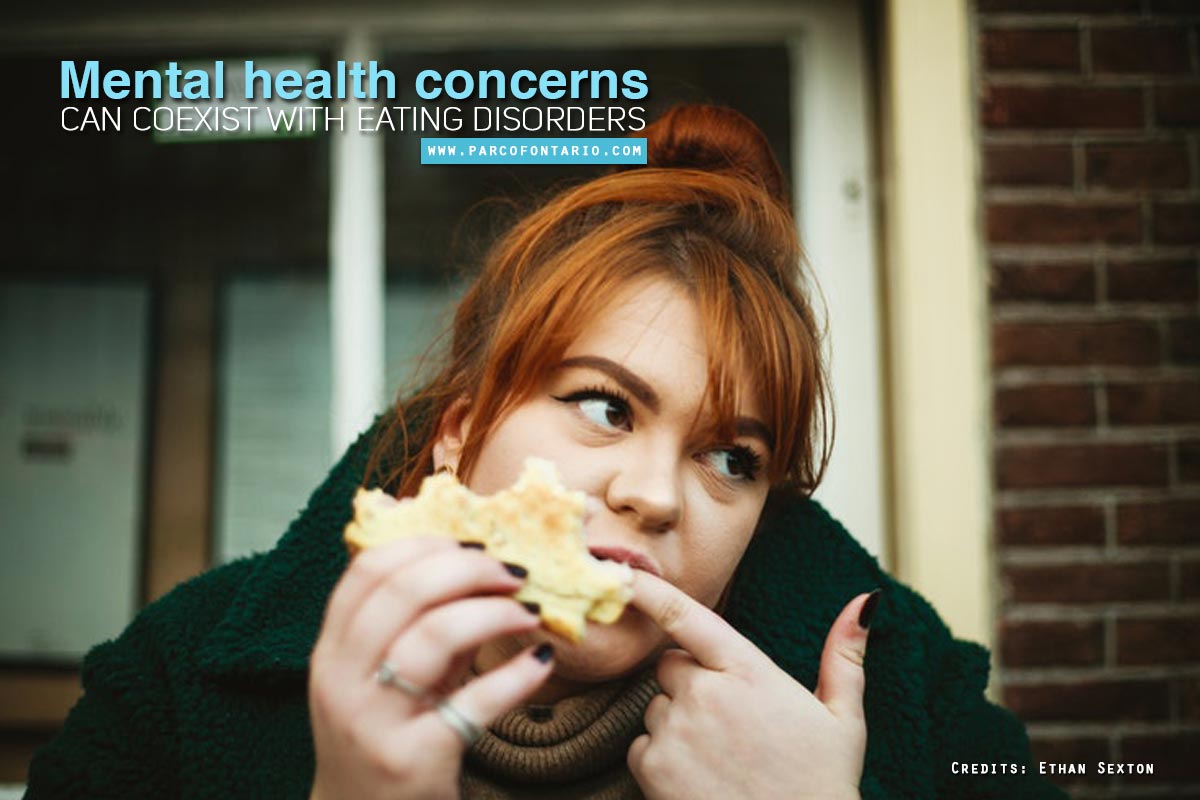
- Binge-eating disorder (BED)
Also known as compulsive eating, BED is characterized by excessive food intake. It can coexist with other disorders or on its own. People who suffer from BED are usually overweight, putting them at a higher risk of diabetes, heart disease, and high blood pressure.
While this can greatly vary, individuals with BED can consume 10,000 to 20,000 calories in a single binge. By contrast, the average person eats between 1,500 and 3,000 calories per day. In some cases, a binge can last for hours and can extend to a whole day.
Symptoms of binge-eating disorder can include:
- Continuing to eat despite being full
- Consuming huge portions of food for extended periods
- Hoarding food
- Feeling as though their eating behaviour can be controlled
- Experiencing guilt, shame, or disgust about their eating behaviour
Individuals with BED may feel powerless to suppress this impulse. Some people with BED also have issues with anxiety, sadness, stress, and anger. Although it frequently develops in the late teenage years or early twenties, BED can develop at any age.
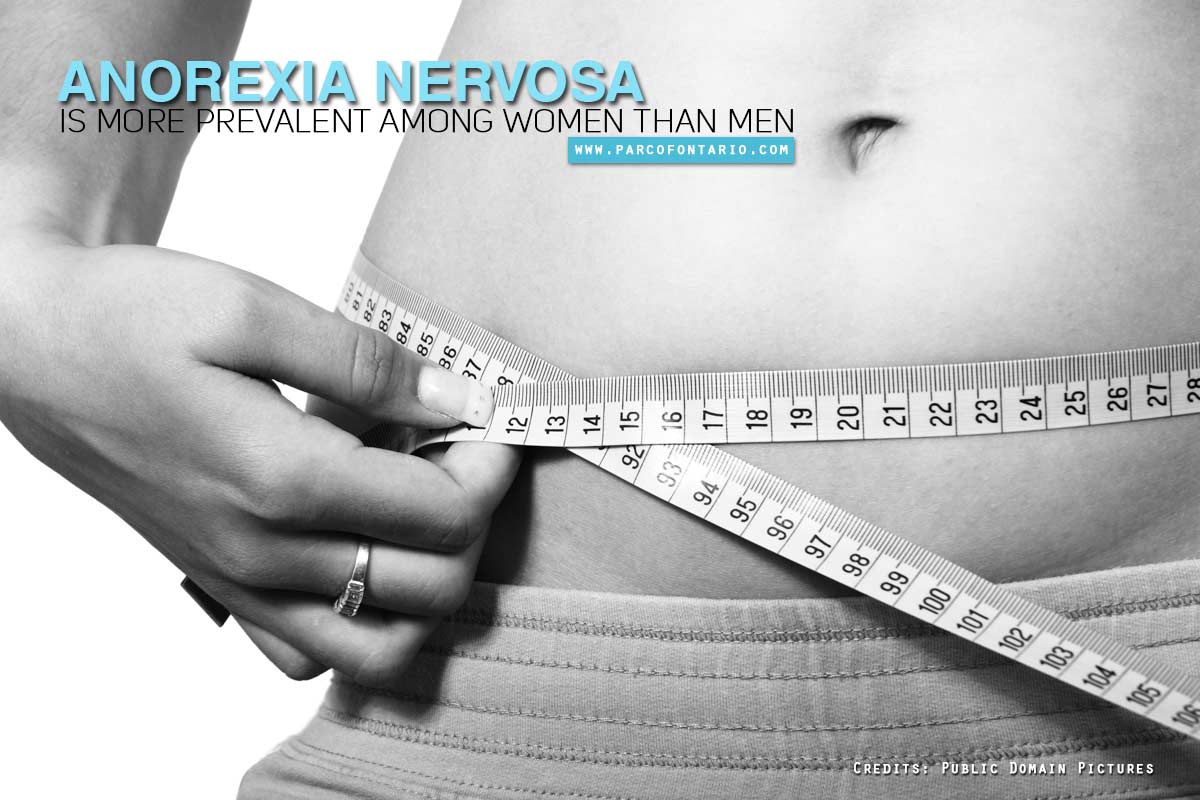
Anorexia nervosa is characterized by an incorrect body image and an accompanying fear of gaining weight. Generally, individuals with anorexia limit their calorie intake and the foods they eat. These periods of self-denial restrict the vital nutrients it needs to thrive. This then prompts the body to slow down its biological processes and conserve energy, which can damage one’s health.
Anyone, regardless of age and gender, can develop anorexia. This disorder affects between 0.5 percent of Canadian women, or approximately 150,000 people. There are no physical manifestations of early-stage anorexia; both underweight and larger-bodied persons can have anorexia.
The British Columbia Division of the Canadian Mental Health Association states that the following populations are at a higher risk of developing anorexia nervosa:
- Teenagers
- Family members of someone with anorexia
- Women
- People who diet regularly
- People experiencing difficulties coping with stress
- Athletes, dancers, and models
Symptoms
As was mentioned, anorexia has no specific identifying characteristics. However, people with anorexia often exhibit the following traits:
- Rapid weight loss
- Dry skin
- Slow healing
In addition to the above physical symptoms, people with anorexia nervosa frequently exhibit adverse mental or social behaviours, like lethargy, depression, withdrawing from social groups or functions. They may habitually eat alone, cut their food into excessively small pieces, or hide food throughout their living spaces. And despite the commonly-held belief that people with anorexia are frail, they may excessively or even obsessively exercise to “burn off calories.” People with anorexia frequently have body-checking (constantly judging body parts) or body-avoidance (avoiding looking at their bodies) behaviours.
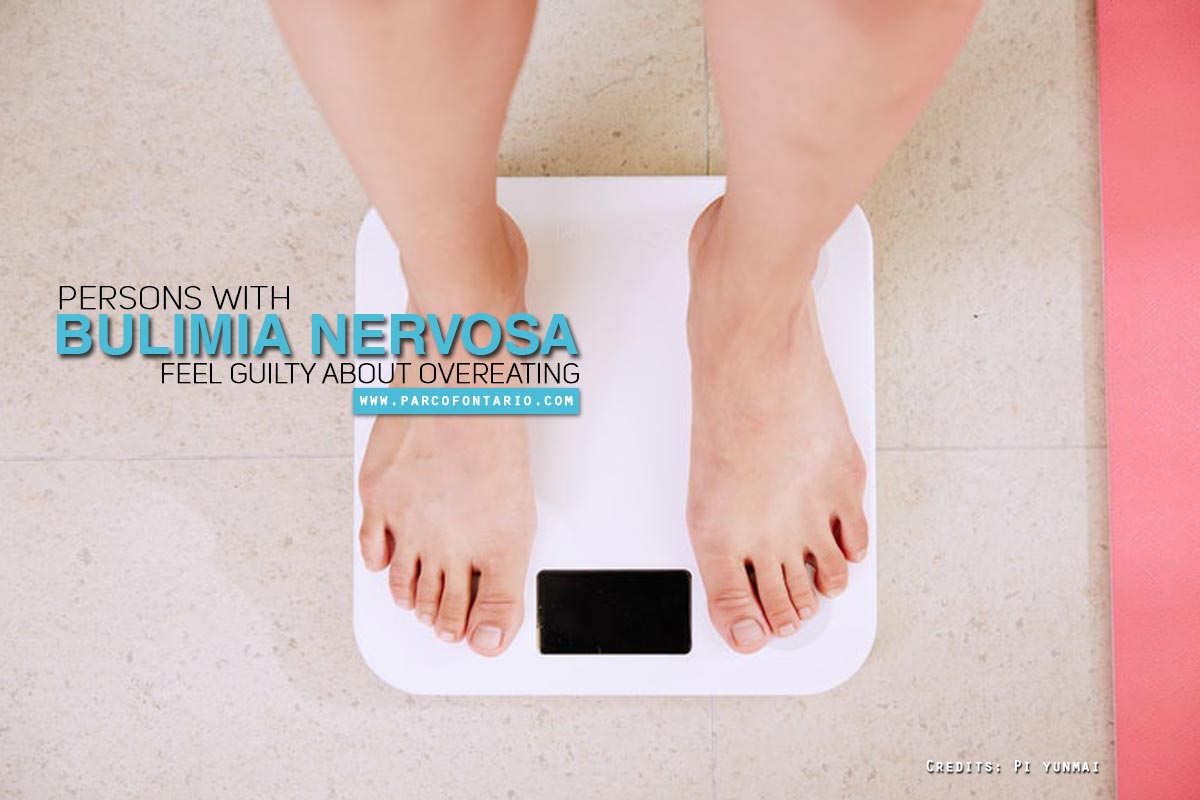
Bulimia nervosa is characterized by binge-eating large amounts of food, followed by compulsive purging to avoid weight gain. Like people with anorexia, a person with bulimia has a distorted perception of their body image and persistent anxiety about gaining weight or being fat. They feel a lack of control over their behaviour, and often a sense of shame. People with bulimia may use diuretics or laxatives, self-induced vomiting, or exercise to “purge” their calories.
A Canadian Parliamentary committee found that nearly one percent of the population, or 300,000 Canadians, struggle with bulimia. Like individuals with anorexia nervosa, those with bulimia can be thin, average or largely-built; and also like anorexia, bulimia frequently manifests in adolescence or early adulthood, although people of any age can become affected. Warning signs of bulimia include:
- Binge-eating
- Excessive dieting or exercise after binging
- Swollen hands, feet, face, and cheeks
- Not wanting to eat in public
Bulimia can also begin between late adolescence and young adulthood, and commonly affects women. As with other eating disorders, bulimia is also associated with other psychological problems like anxiety, depression, and stress. People with family members diagnosed with the illness can also develop bulimia.
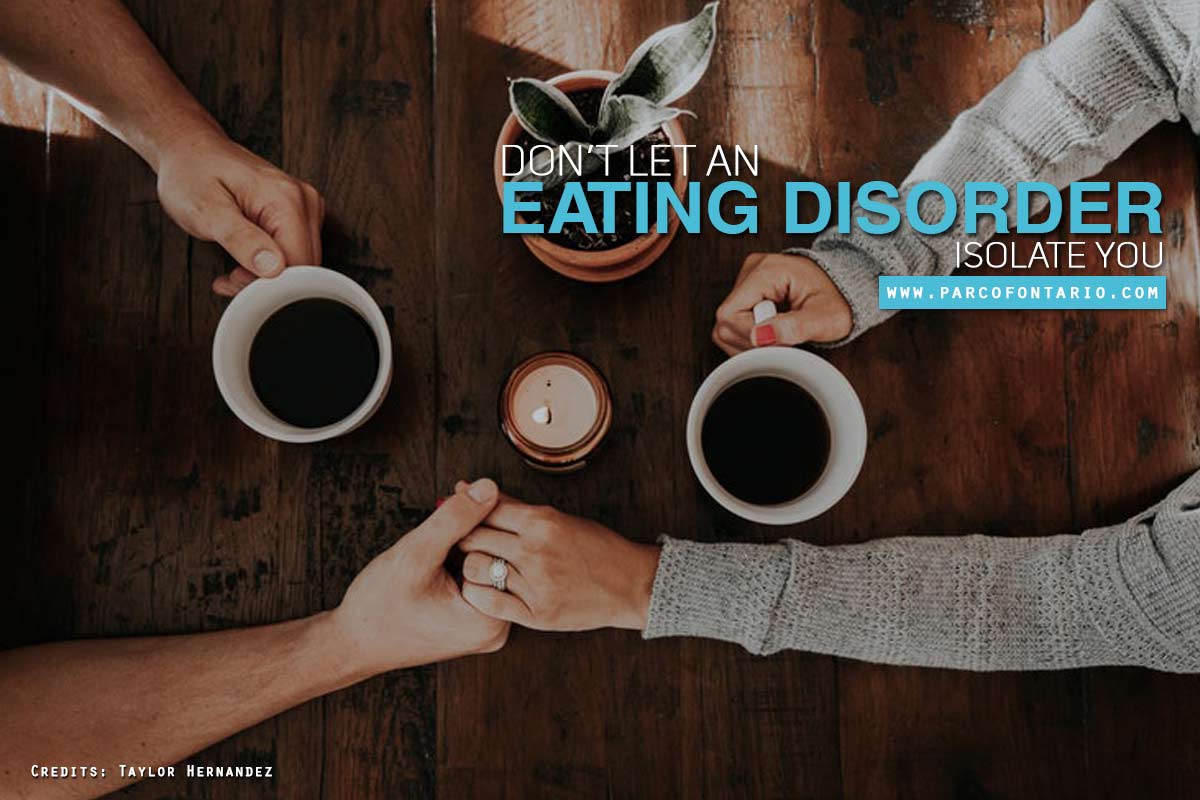
How can you treat an eating disorder?
The good news is that eating disorders, like other mental health problems, can be treated. With regular check-ups and proper treatment, many people with these disorders can walk the path of recovery.
- Seek counselling – Cognitive Behavioural Therapy (CBT) is an evidence-based treatment for psychological and emotional issues. CBT works by restructuring thoughts to support newer, healthier emotions and ideas, which then lead to healthier actions.
- Speak to a nutritionist – Seek professional help of a nutritionist who can help you design a healthy and balanced meal plan. Sticking to this meal plan is hugely beneficial as you undergo treatment.
- Get a suitable physiotherapy regime – Recent studies suggest that an exercise regime tailored to your condition and approved by your doctor can aid in creating a healthier body image, and reduce body-checking and body-avoidance.
Find a support group – Being surrounded by people experiencing the same condition as you can verify your struggles and let you know that you are not alone in dealing with your disease.
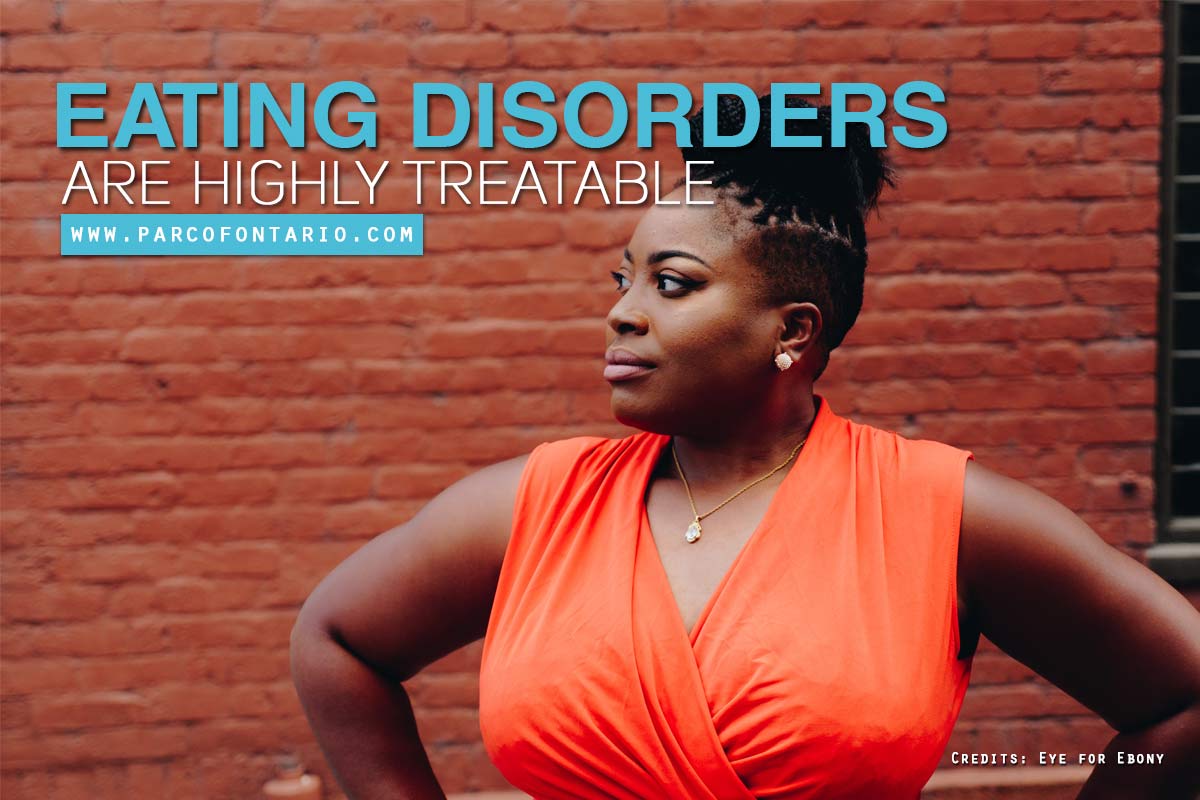
There are several steps you can take at home to aid in your recovery. Stress management, social interaction with loved ones, proper sleep, meditation, and relaxation techniques can all assist on your recovery and help you re-establish a healthy lifestyle.
If you are concerned about a change in your eating patterns, the Physiotherapy and Rehabilitation Centres of Ontario can help. We can provide you with stress management tools to deal with underlying issues, and nutritional guidance to ensure that you are eating healthily. Call us at 905-430-2112.








